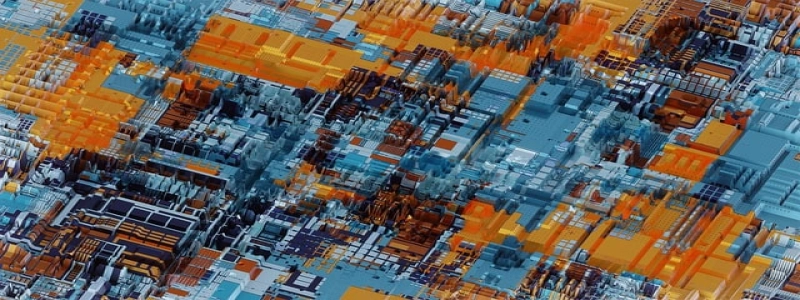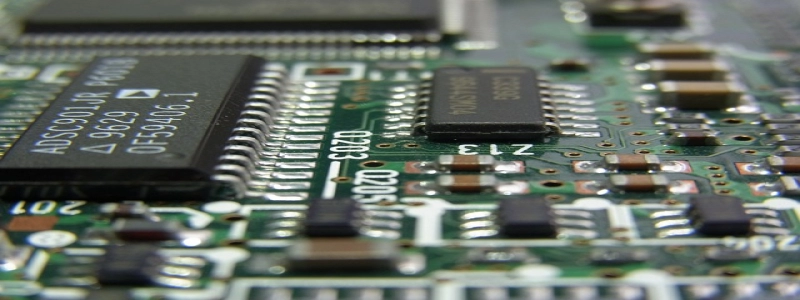Single mode and multimode fiber
Introduction:
Fiber optic cables play a crucial role in the transmission of data and communication signals. They are widely used in various industries, including telecommunications, computer networks, and healthcare, due to their high-speed data transfer capabilities and long-distance transmission capabilities. One important aspect of fiber optic cables is the classification into single mode and multimode fibers. In this article, we will delve into the differences between these two types of fibers and their respective applications.
I. Single mode fiber:
Single mode fiber, as the name suggests, allows the transmission of only a single mode or ray of light. It is designed to have a small core diameter, typically around 9 microns. This small core size enables the light to propagate in a single straight path without undergoing multiple reflections or modes. As a result, single mode fiber offers low dispersion and minimal signal loss over long distances. This makes it highly suitable for long-haul applications and high-speed data transmission, such as in telecommunications networks and internet backbones.
II. Multimode fiber:
In contrast, multimode fiber is capable of transmitting multiple modes or rays of light simultaneously. It typically has a larger core diameter, ranging from 50 to 62.5 microns. The larger core size allows for a greater number of light rays to enter the fiber, which leads to a higher data carrying capacity compared to single mode fiber. However, this also means that multimode fiber suffers from higher dispersion and attenuation over long distances. As a result, it is usually used for shorter distance applications, such as local area networks (LANs), premises cabling, and short-distance data transmission.
III. Comparison:
1. Distance: Single mode fiber can transmit signals over much longer distances compared to multimode fiber. It has a range of up to 100 kilometers, whereas multimode fiber is usually limited to a few kilometers.
2. Bandwidth: Multimode fiber has a higher bandwidth compared to single mode fiber. This enables it to support higher data rates and multiple signals simultaneously, making it suitable for applications that require high data transfer speeds.
3. Cost: Single mode fiber is generally more expensive than multimode fiber due to its intricate design and better performance over long distances. Therefore, multimode fiber is often chosen for applications where cost is a factor, such as within buildings or short-range networks.
Conclusion:
In conclusion, both single mode and multimode fiber have their own advantages and applications. Single mode fiber is best suited for long-distance and high-speed transmission, while multimode fiber is more cost-effective and appropriate for short-range communication. Understanding the differences between these two types of fibers will help in selecting the right type for specific requirements and maximizing the efficiency of data transmission.







